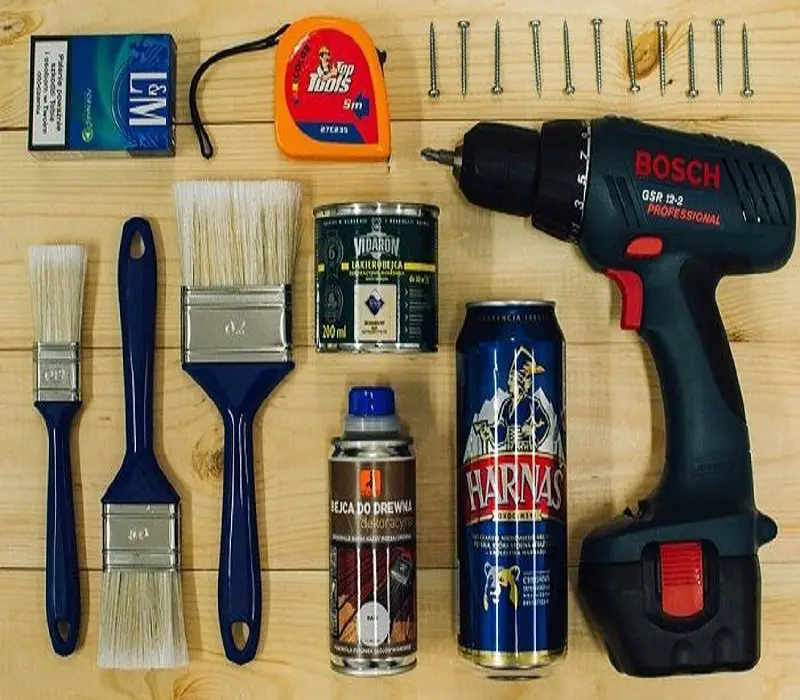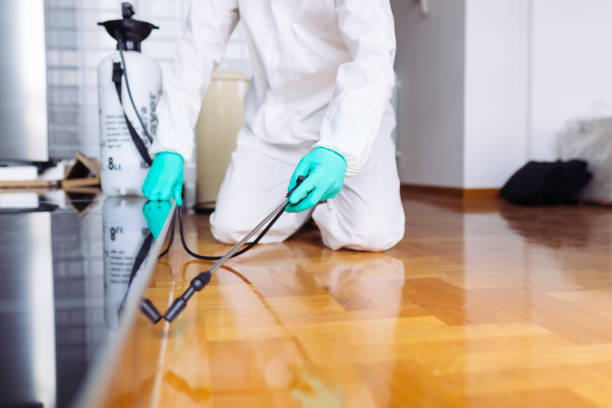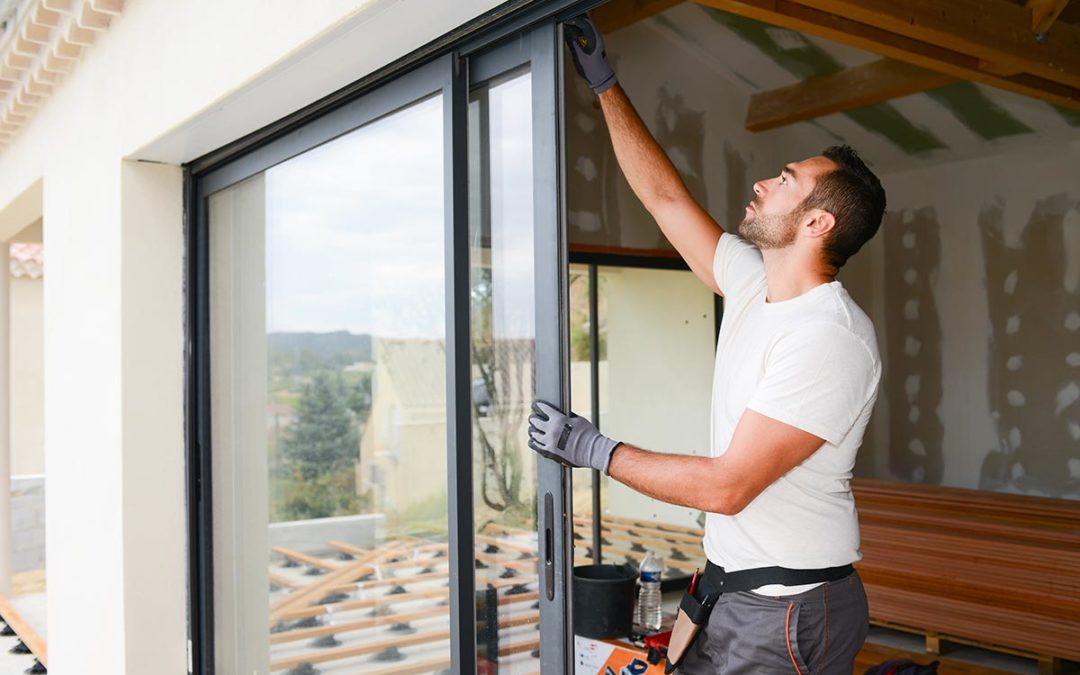When built right, a house can be one of the sturdiest structures that anyone would be happy to live in. But not all houses are built equal. Some of them may be more structurally sound than others, while some may have a bit of a mold problem. This is where home inspection comes in.
A home inspection is an inspection of a property that is done by a professionally licensed third party. Most homebuyers usually request a third-party home inspection when sizing up a potential home. This is to ensure that the home they are about to purchase is a good investment of their hard-earned money. A house that is safe, sturdy, hazard-free and is up to code is what counts as a good investment.
Hiring a Good Home Inspector
Although homebuyers can do a home inspection themselves, most people opt to have home inspections done by a licensed inspector. They must have updated certifications from institutions like the American Society of Home Inspectors (ASHI) or the National Association of Certified Home Inspectors (NACHI).
Hiring the services of an experienced home inspector is incredibly important in order for an inspection to be thorough. A minimum of three to five years of full-time experience inspecting homes is required. Having specific experience of inspecting homes in the area where the property is located also gives more detailed insight into things like soil quality, local pests, or even home builders or contractors in the area that will help in making a more thorough inspection.
A good home inspector should also be fully covered by an insurance policy. Inspectors who have general liability and errors and omission coverage prevent clients from being held accountable should they get injured while on the job.
Following a Home Inspection Checklist
When inspecting a home, there is a standardized home inspection checklist released by the InterNational Association of Certified Home Inspectors (InterNACHI) that certified home inspectors are expected to comply with. While home inspection methods for each inspector will vary, a good home inspector should be aware of such a checklist and should deviate from the checklist only to go the extra mile. They should not be cutting corners when inspecting a home.
Reading the Inspection Report
Following the home inspection, a full, detailed report of the home inspector’s findings will be made available to a client. This detailed report provides specific notes for each area of a house, and lists anything that might need repairs or replacement.
It’s important to take note that any house will have at least one red flag following a home inspection. The key takeaway from any home inspection report is to figure out which issues can be easily taken care of, and which ones might be a dealbreaker.
Cosmetic defects like chipped paint or hairline cracks in the driveway are minor issues that do not compromise the functionality of a house. Minor defects like faulty plumbing or wiring can be easily addressed by a contractor or a homeowner. These types of issues do not render a property uninhabitable.
Dealbreakers would be issues that would be too costly to repair or replace. Roof replacements, major foundation issues, or the house being in a flood-prone area are items that may necessitate renegotiation of terms, or an outright withdrawal from purchasing the property.






